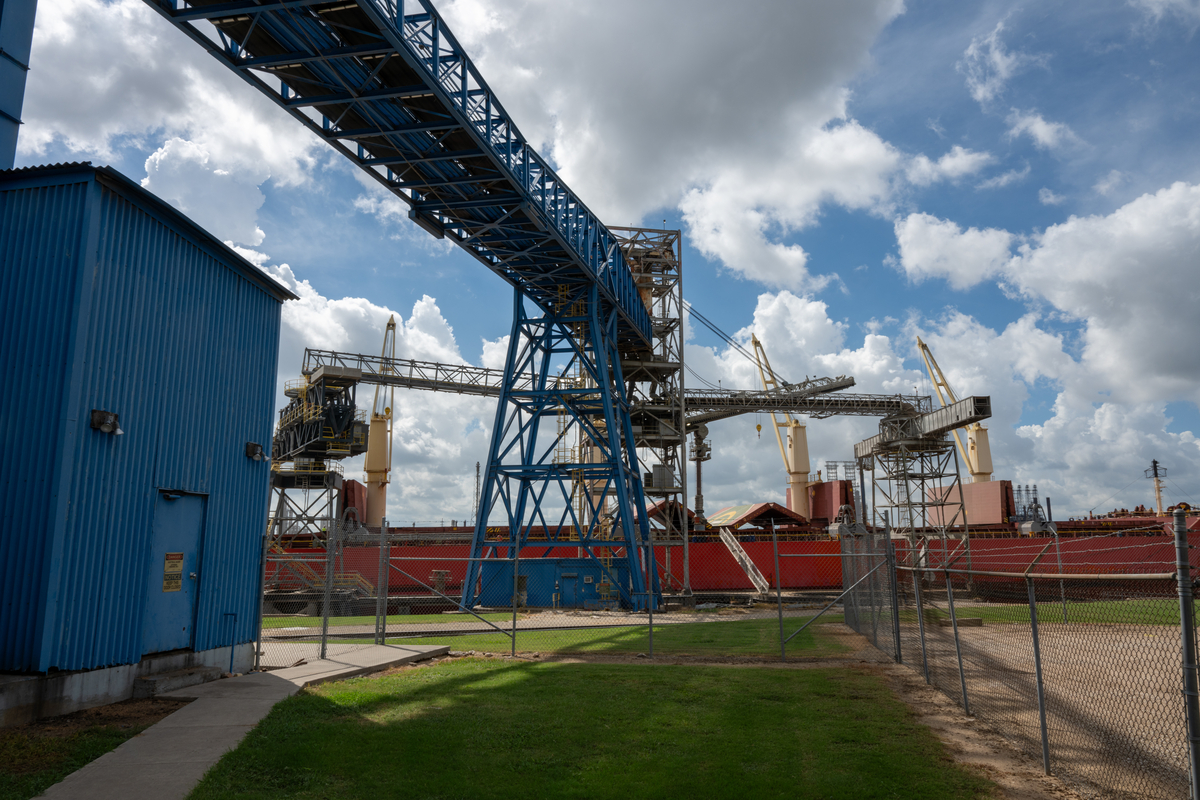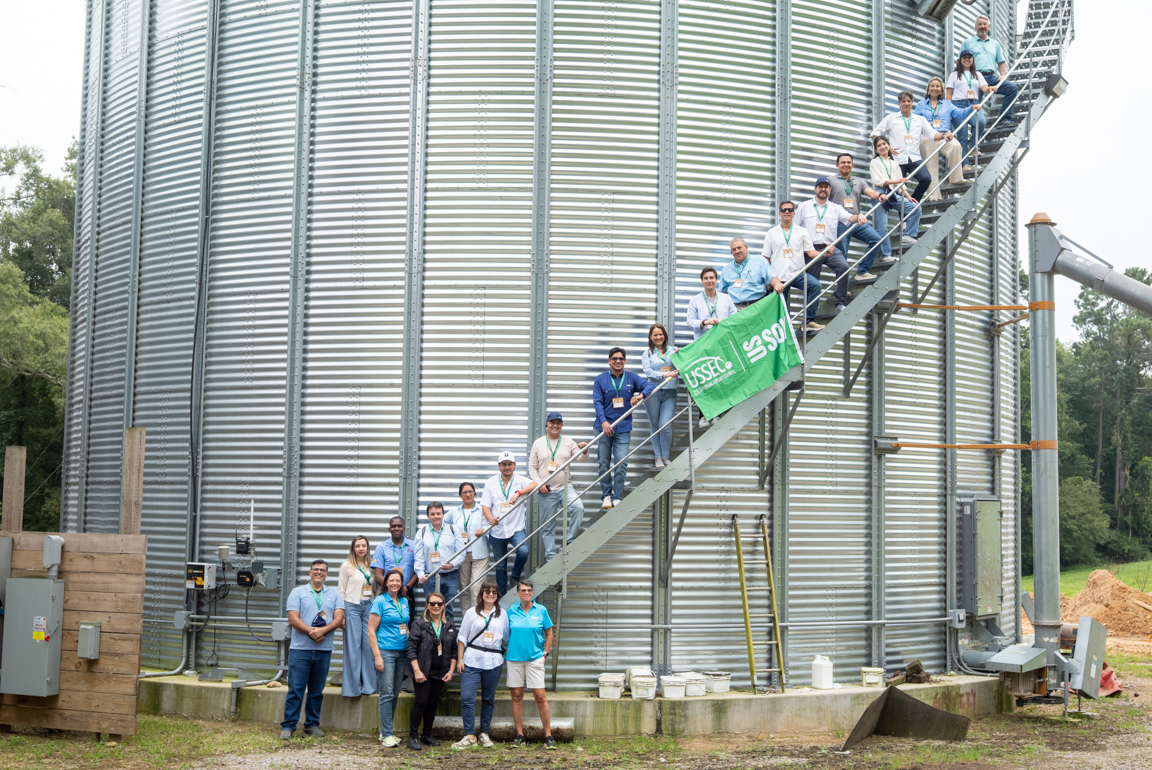U.S. Soy on ‘NBC Nightly News’: Discussing Inflation and Opportunities Ahead

As the growing season hits the homestretch, more and more farmers are looking toward the sky wishing for rain. Drought conditions are expanding from western states into the grain belt, bringing with them the potential for diminished yields.
Meagan Kaiser, a farmer from Bowling Green, Missouri, helps direct soy checkoff funding to support soybean farmers with everything from drought-tolerant seeds to sustainability enhancements for the entire U.S. Soy value chain.
Kaiser, who serves as Vice Chair of the checkoff’s farmer board, recently invited “NBC Nightly News” to her farm and shared her thoughts about inflation and the current landscape of farming. While times are tough, she says farmers are always looking for ways to help, and U.S. agriculture can be a solution to many global problems. This expanded version of her interview covers everything from global events to agriculture’s impact on the world.
How are world events impacting your farm?
Kaiser: We’re watching what’s happening around the world. And we know that it’s important that everyone has food. People will be facing starvation this year because our Ukrainian farmers cannot produce as they have in the past. And I think the U.S. farmer watches that, and we feel close to them, and we watch them try to work and think about our farms and fields. We want to be reliable producers to the global marketplace. Even though we have this huge risk, and our margins will probably be similar to years past, we feel it’s a societal imperative.
What about inflation? What changes have you seen?
Kaiser: We started having inflated input costs a year and a half ago, and we’ve seen our nitrogen jump to seven times the amount compared to last year’s crop. Last year, nitrogen was around $270 per ton, and now it’s over $1,400 per ton. It’s scary, first of all, because all of a sudden, our risk just became so much higher — but the commodity prices are higher right now, too. And that gives us hope that we’ll be able to cover the difference. But there have been times that we had these high input costs and not the commodity prices to support us, and that gets very difficult. We’re always maybe one harvest from not being able to farm again. And so we have to watch these things very closely.
Can you cut costs or go without inputs like nitrogen while growing your crops?
Kaiser: Nitrogen is essential in the way that it completes the crop cycle. Without it, we cannot produce a crop; the plants turn yellow and die, and that’s the first thing we think of. But also, nitrogen is important to carbon sequestration — you have to have carbon and nitrogen balance in the soil in order to build a good home for the microbes to have something to eat to build that organic matter and then ultimately sequester carbon into the soil. So, nitrogen is vital throughout the entire process.
What else do you pay attention to for soil health?
Kaiser: Beyond fertilizer and nitrogen, we’re also looking at the calcium, magnesium, potassium, boron, copper, sulfur, zinc and phosphorus in our soils. These are all critically important to start in the soil; they come into the plant and end up in our food and our diet, which is essential to human health. And so when I look at the nutrition involved in what we do, I see agriculture as a part of our global health system.
What other opportunities do you see for U.S. agriculture?
Kaiser: Agriculture can be a solution for so many problems that we’re all experiencing. When it comes to plastic, we can produce renewable, biodegradable plastics from our green crops. With our checkoff investments in biodiesel, renewable diesel and aviation fuel, we can offset the use of petroleum while sequestering carbon into our soil and still feeding people. It’s where I’m most vocal about the opportunities for our crop to be used in a green, biodegradable, sustainable manner.
What is on the horizon for your farm?
Kaiser: We’ll produce a crop this year and be back next year to do it again. There are nights when there’s worry about how much things will change. But sometimes, it makes all the difference in the world if you’ve got this forward vision. And so we’re thinking all the time strategically about what are the next steps, not just this growing season, but what we can do to put our farms in the best position possible to make sure that if we’ve been here for five generations, today, that we continue to provide nutritious, delicious food, fiber and fuel for decades and generations.
We’re focused on being scientists and growing the most efficient crop on every acre. But we’re also looking at other uses to make everybody’s life better. In agriculture, we think generationally, and I look back at the challenges the generations before us overcame and ended up coming out stronger on the other side. And I think that we’re like a lot of U.S. farm families. I think of my children, Mak and Norah, and hope they realize that all this work is important to the entire global supply chain and that we take care of each other. And I’m optimistic that in the end, we’ll make it through the difficult times, and the good times will be that much sweeter.



